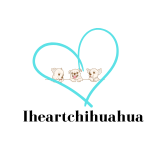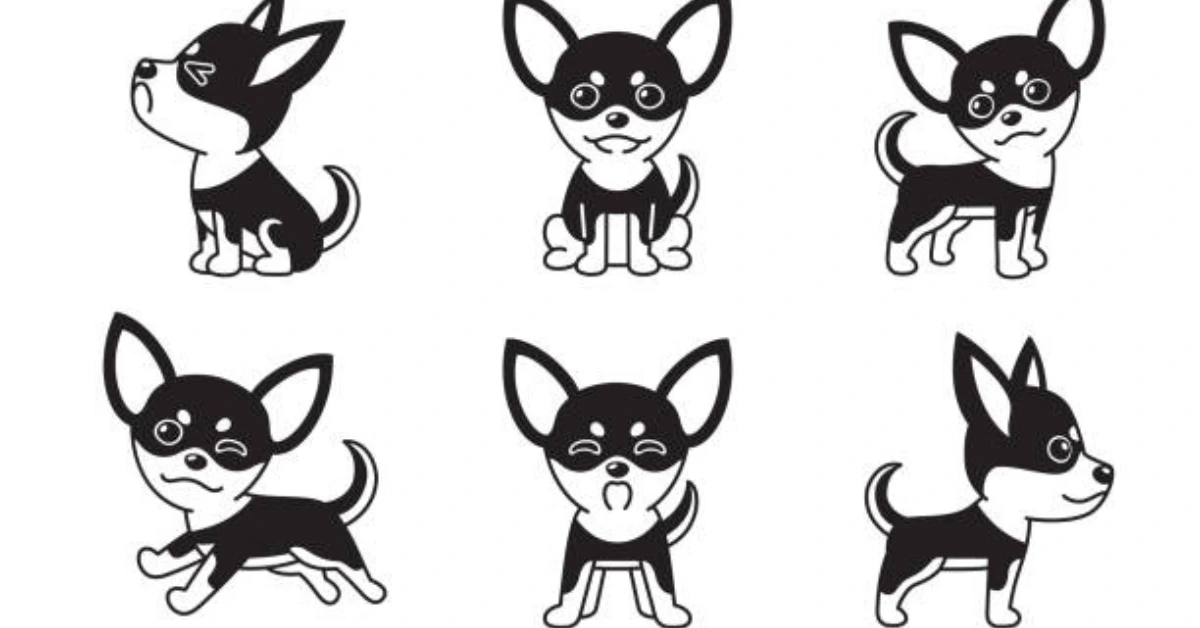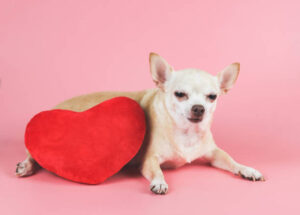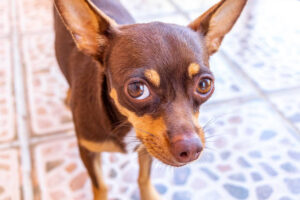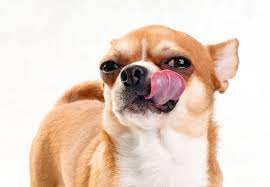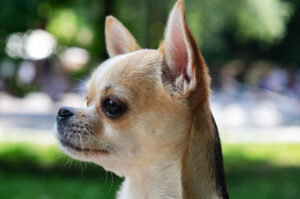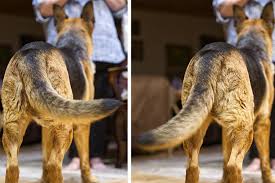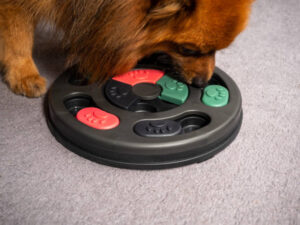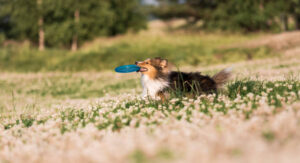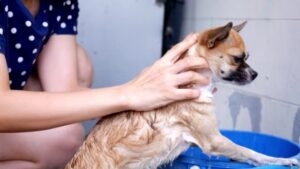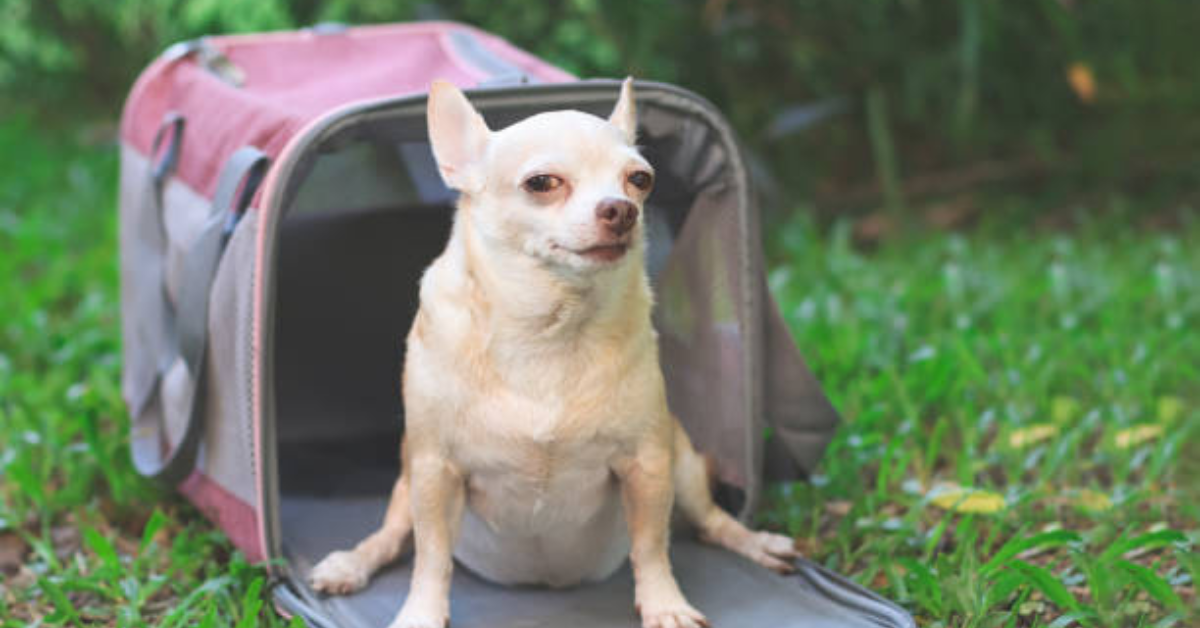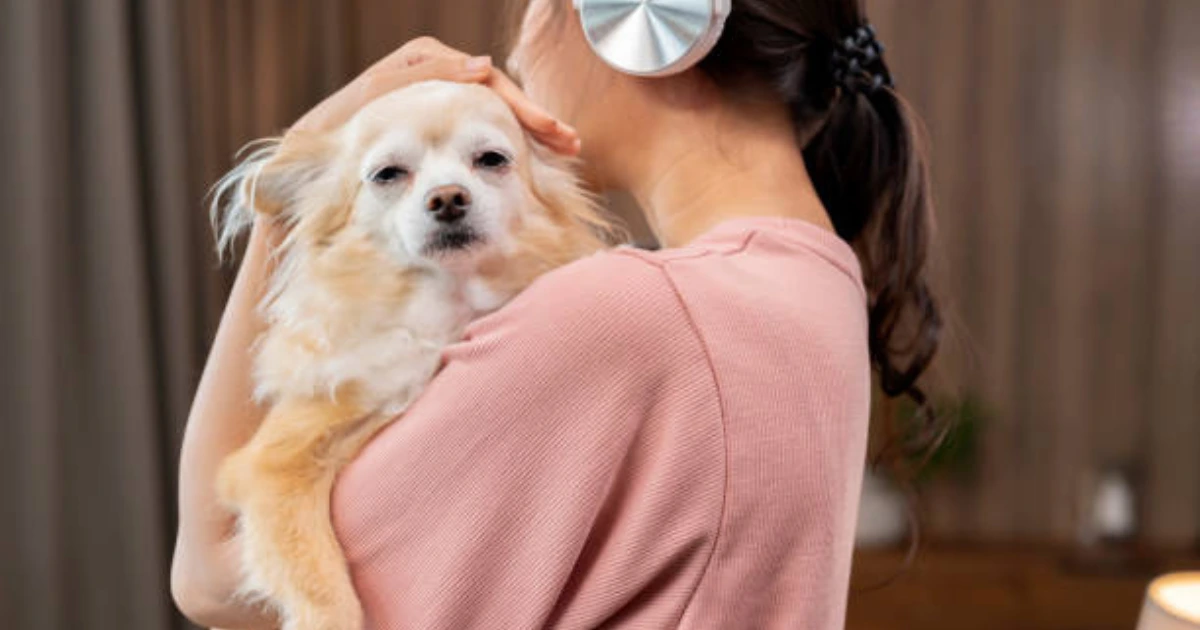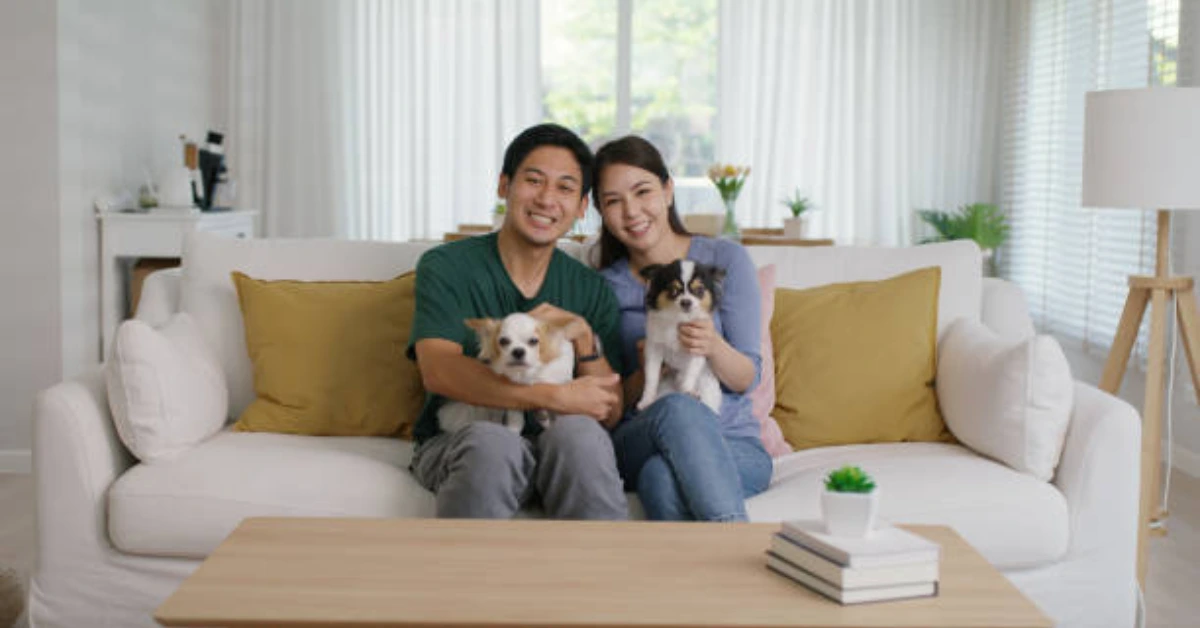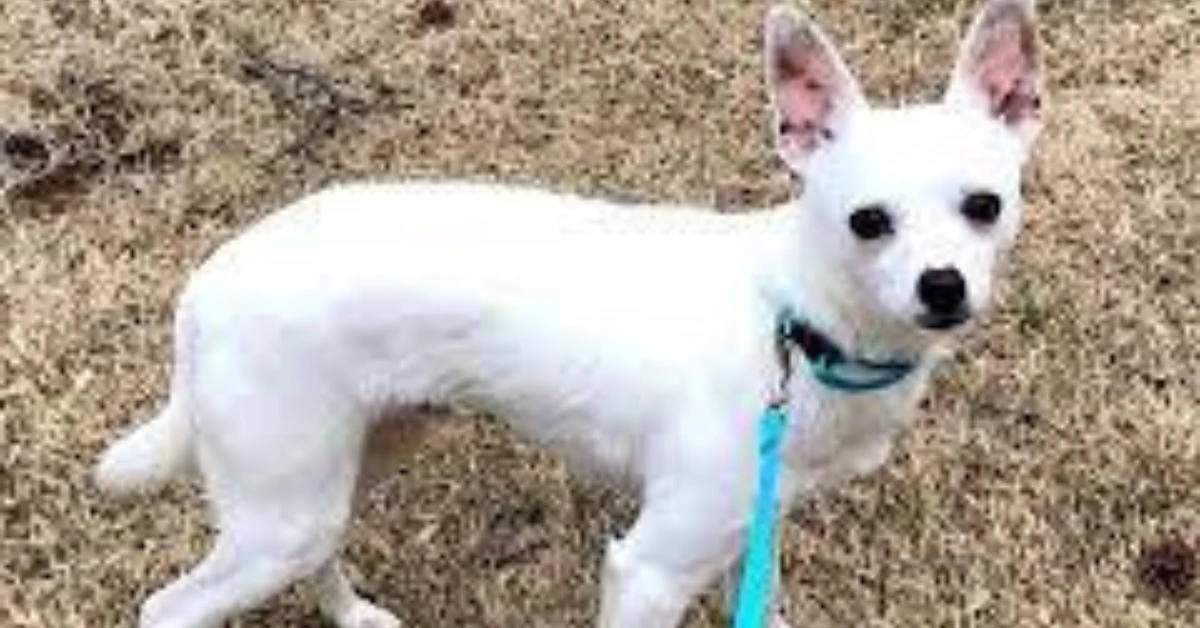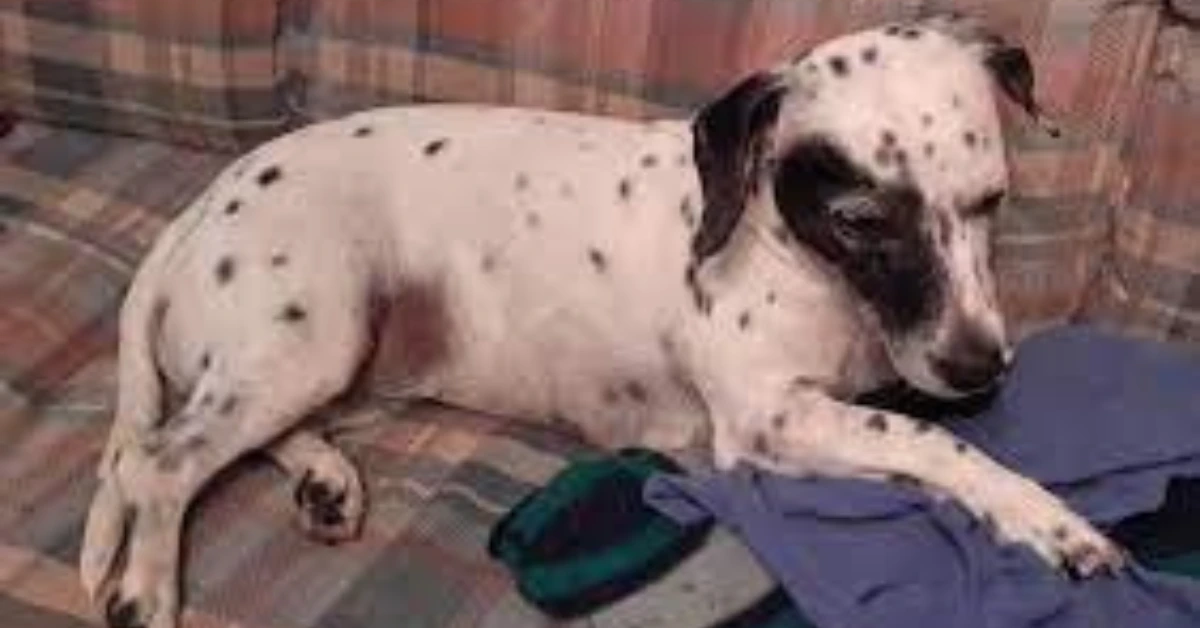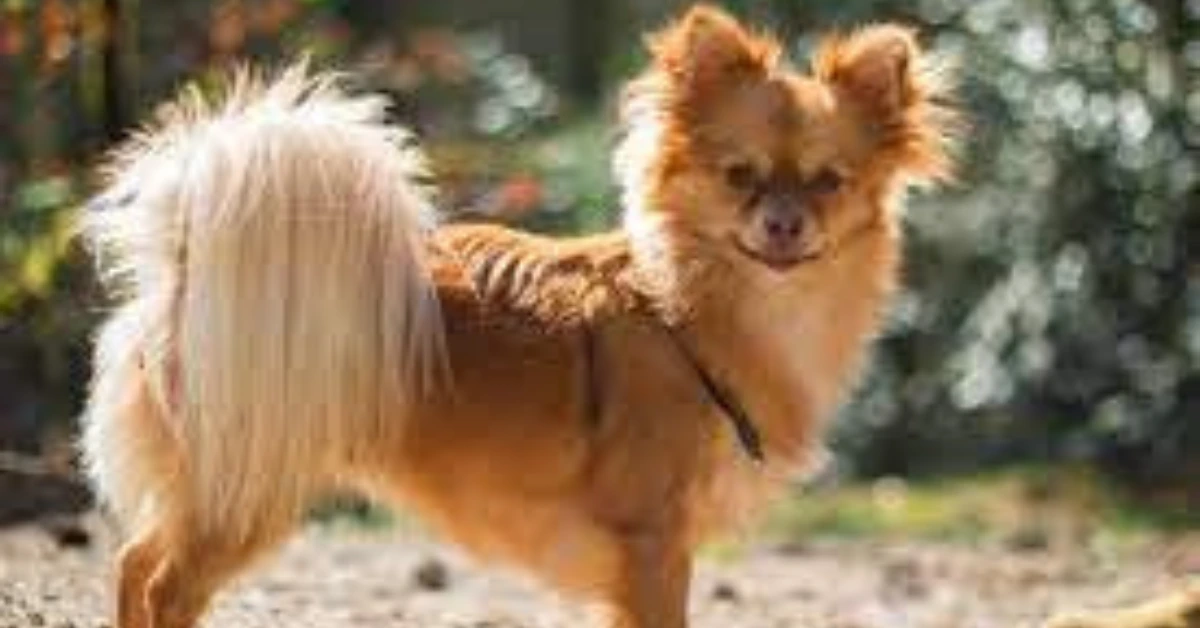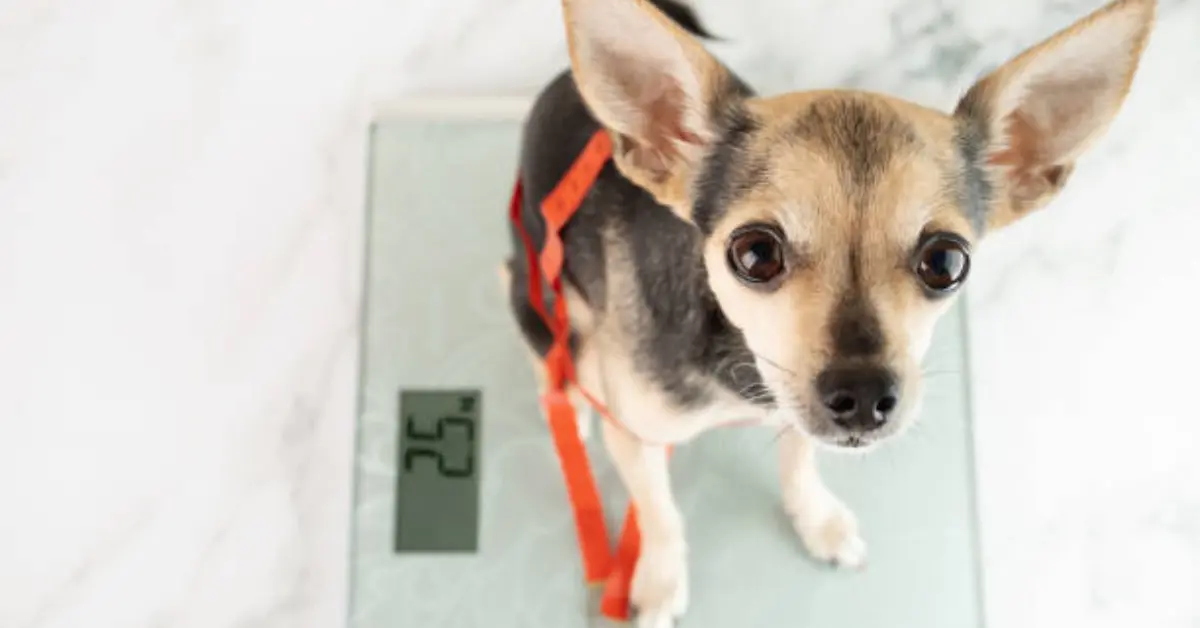A Chihuahua with a wagging tail must be happy, right?
Panting is the same as smiling, right?
Sometimes we read our chihuahua’s body language incorrectly. Their communication goes well beyond just expressing happiness or unhappiness. We can determine not just whether they are happy, but also whether they are trying to seem charming, feel threatened, or even become queasy if we can decipher their cues.
Learning more about the body language of chihuahuas is always beneficial, whether you are teaching a puppy or an older dog. For dogs, it is the primary method of communication. They have a complex body language and cue system, and by getting to know them, we get to know our dogs even better.
Tbale of Contents
Body Language: An Integrated Safety Mechanism
All dogs, even chihuahuas, have an innate safety mechanism that allows them to express a wide range of emotions through body language. Because they are social animals, they depend on a stable and stable group structure to function properly, both with us humans and with other canines.
Should every disagreement or disappointment result in a physical altercation, dog social groups would disintegrate rapidly. Their complex body language system can convey discomfort well in advance of any worsening.
However, it also works nicely to express contentment and camaraderie! chihuahuas use their ears, eyes, tails, and bodies to convey messages in a highly detailed manner.
1. Eyes
Soft Eyes
The soft eyes of the chihuahua appear to be squinting. Dogs act in this way for various reasons:
It could indicate that your chihuahua is enjoying cuddling with you and is trying to appear little and unthreatening by partially closing their eyes. Soft-eyed dogs typically steer clear of direct eye contact.
Whale Eyes
Whale eyes refer to what happens when a dog opens its eyes wide enough to reveal the white portion of their eyes. It almost invariably indicates tension and anxiousness. Refrain from approaching a chihuahua that has whale eyes and go away from whatever you are doing.
2. Mouths
Lip Licking
Lip licking is a clue that’s easy to notice because it happens so fast. Keep an eye out for a quick lip lick if your dog is in an environment where you think he might feel uneasy, including meeting other dogs or seeing the veterinarian. It informs you that your dog is uncomfortable and serves as a soothing signal.
Showing Teeth
Chihuahuas may defuse tense situations without biting baring their teeth and growling. A chihuahua will exhibit his fangs by lifting his lips in irritation, but not to the point where he would attack. It’s the chihuahua equivalent of saying, “Hey, look at what I got, I don’t want to use it, but if you don’t back off, I will!”
Yawning
Yawning can be a displacement activity and a stress indication. Chihuahuas yawn when they are worried as well, just like humans do when they are exhausted and ready to go to sleep or when they have just woken up.
Chihuahuas frequently exhibit yawning when they feel uncertain or uneasy, such as in large groups of dogs in an obedience class or at the veterinarian.
Find out what’s bothering your dog if you notice that he hasn’t just fallen asleep or is about to do so.
Panting
Panting can refer to various things.
Chihuahuas must control their body temperature and cannot sweat, thus it makes sense that they pant.
A chihuahua may not be happy if he pants when he shouldn’t be hot.
Dogs that show signs of vehicle sickness frequently pant before throwing up. Keep an eye out for your dog’s nausea if he pants during a car ride.
3. Hair
Raised Hackles
Everybody has seen a dog’s hackles rise when they are agitated. Once more, the signal’s goal is to enlarge itself.
The dog’s hair may rise down his back, even on his tail, or simply between his shoulder blades, depending on how scared out he is!
Find out what’s upsetting your dog and how you can make him feel better if he raises his hackles.
4. Ears
One of your Chihuahua’s most expressive features is its ears. Wild animals have prickly ears, which rise. This maximizes the range of taking up noises and allows them to look taller and more intimidating when necessary.
Ears were among the first body parts to change when we domesticated dogs, and this happens naturally, without any particular breeding aims.
Compared to prick ears, floppy ears are thought to be considerably cuter and more docile.
However, there is a lot of body language that conveys calmness through the ear set, even in canine breeds that still have prick ears (like German Shepherd dogs).
Ears Back and Low
However, if your chihuahua’s ears are pulled back and near his head, he is attempting to appear less menacing and imposing.
He might be spending some quality time cuddling with you or getting to know a young child. Chihuahuas often shrink away from children to avoid frightening them!
But, it’s also possible that your dog is uncomfortable and is attempting to flee by appearing small. For instance, you might observe him with his ears tucked back and low at the veterinarian’s office.
Ears Up and Forward
Your chi dog is alert if his ears are up and facing forward. This could indicate a few different things. Maybe he’s just waiting for you to pick up some ball games with him. He might be determining whether or not a noise he heard is dangerous by listening to it. Alternatively, he may be annoyed with another dog and prepared to take him to task!
If your chihuahua is looking at anything with his ears pricked forward, investigate.
5. Tail
It’s a frequent misperception that dogs with wagging tails are happy canines. This is incorrect and a misperception that has led to numerous bite incidents!
Waving the tail merely indicates eagerness. Positive enthusiasm might manifest in this way; for example, a chihuahua may be delighted that his master has returned from work. Still, it can also be a sign of stress.
Wagging from side to side slowly
A medium-high tail that wails slowly conveys satisfaction, comfort, and relaxation. Dogs that are content and relaxed at home or in other familiar settings, or dogs that have started a scent trial that they are tracking with their nose, are two examples of this.
A low, quickly wagging tail
Dogs who greet people or other dogs with a fast wag of their tails and a low tail set are friendly. This gesture conveys submission and friendship. A dog enters hoping to make friends; its tail wags quickly and low.
A high, quickly wagging tail
On the other hand, a tail that wags and stands straight up in the air may indicate the opposite. This tail-wagging greeting from your chihuahua may indicate that he is dissatisfied enough to be on the verge of an escalation. Retrench if you come across a Chihuahua with a stiff tail that shoots up into the air vertically.
How To React
When Your Chihuahua Body is Showing Stress
Making your Chihuahua more comfortable should be your top priority if he is displaying body language that indicates he is stressed. Pay attention to your chihuahua’s body language and facial emotions, particularly in circumstances that you know could cause stress for him.
You should stop what you were doing and assist your chihuahua in removing himself from the environment and into a healthier mental state, regardless of what you were doing when he started to give you whale eyes or pin his ears flat to his head.
This implies that you shouldn’t put your dog back in his place and request another stay if, for instance, he breaks a stay in a group class and shows signs of clear discomfort from the other dogs. Rather, maintain sufficient space between you and the other dogs so that he may happily stay where he is without worrying about approaching or even fearing dogs that he may not like.
When Your Chihuahua Body is Showing Happiness
Does your Chihuahua appear happy and comfortable based on his body language? Perhaps even jubilant, as he gives you or another dog a play bow while his tongue is wagging in delight? Fantastic! Your dog will associate fun more with you and everything around him when you and he have happy encounters.
It’s crucial to establish environments where dogs can feel as comfortable and content as possible, especially if they’ve experienced traumatic or unpleasant experiences in the past. As soon as you determine what kinds of activities your dog appreciates, give it to him as often as you can—ideally, every day—so that he can grow to trust you and the outside world.
Here are some suggestions:
Food Games
With my chihuahuas, I enjoy playing a range of food games. It’s really simple at first, just following food fragments as they roll across the floor, pursuing me while carrying food, or sprinting towards a dish of food. Eventually, we even reach the point when we run over food to get to me or even call off a bowl of food.
Fetch
Chihuahuas adore playing fetch! Playing fetch can be a terrific method for some anxious dogs to decompress and unwind without any obligations. I’ve witnessed a lot of reactive dogs be able to “let go” of their negative emotions and simply have fun when playing Chuck-it or Frisbee.
Massages
Like people, a lot of dogs like receiving massages. Make lengthy strokes with your hands over your chihuahua’s body. Particularly chihuahuas love this on their shoulders and backs. Keep an eye out for indicators of relaxation in your dog’s body language. Change your massage if he seems tight, pants unexpectedly, or gives you the whale eye.
Your awareness of your dog’s physical and emotional health will increase with each massage.
YOU MAY ALSO LIKE:
why do some chihuahuas have big eyes?
Reasons Why your Chihuahua squinting?
Advertisement
